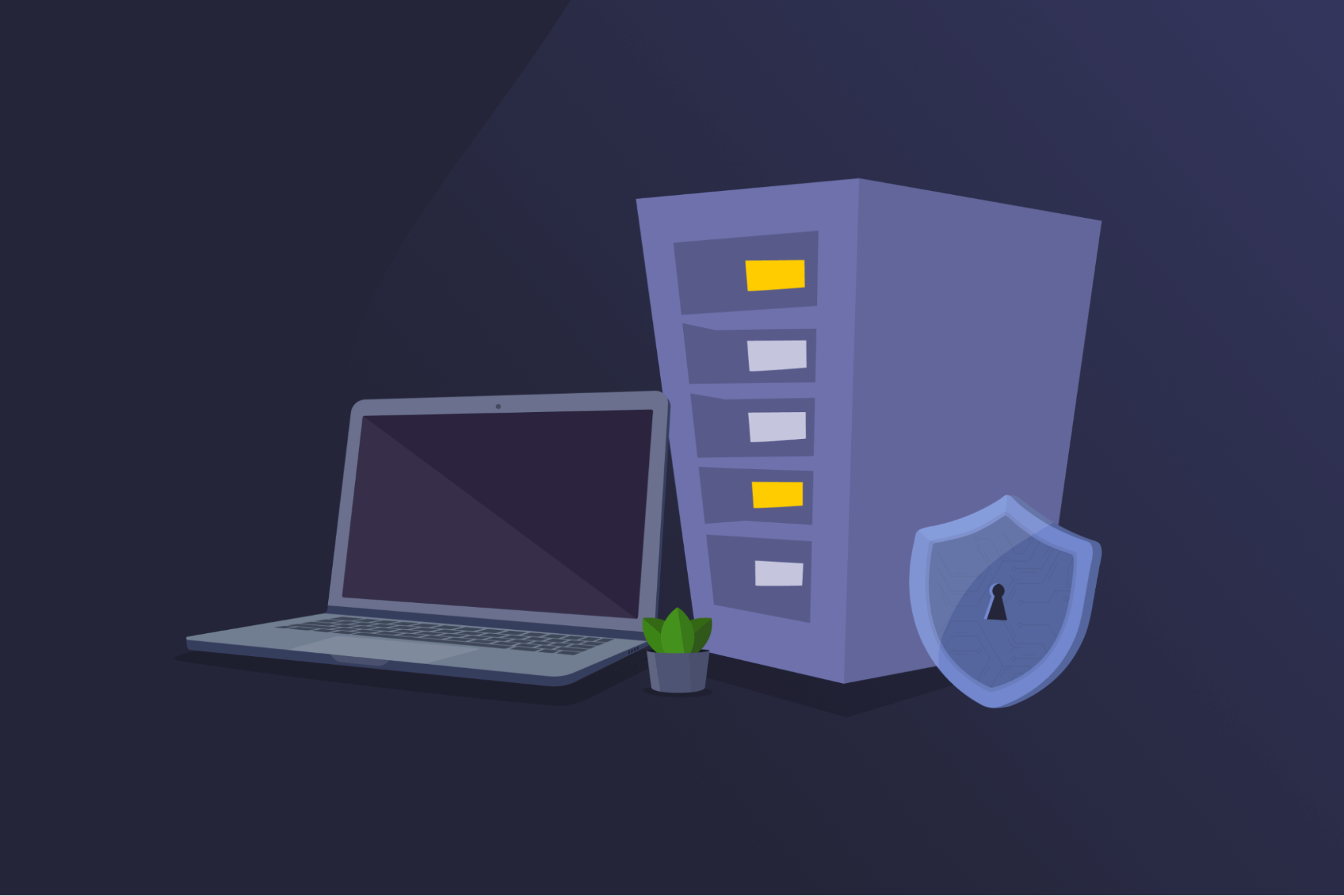Hot Site

Hot Site Definition
A hot site is a fully equipped backup environment that organizations can use to continue operations during a commercial disaster that disrupts or disables operations. It includes systems, applications, and backup data, acting as a near real-time replica of an organization’s most critical systems and data. It’s built to take over quickly if systems fail, so businesses can keep essential services running with little to no downtime if something goes wrong.
What Is Hot Site Disaster Recovery?
Hot site disaster recovery is a strategy that helps businesses bounce back quickly after a disaster, like a cyberattack or power outage. It lets them switch operations to a fully prepared backup site. Since the backup hot site mirrors the company’s main systems and data, it lets work continue with little or no delay. This makes it ideal for businesses that need to continuously stay online and can’t afford downtime. While traditional hot sites may use physical backup facilities, most modern backup and recovery methods use cloud-based systems or virtual environments.
How Do Hot Sites Work?
A hot site stays in sync with everything on your main system. It constantly updates files, apps, and system settings in real time or very short intervals. It has all the equipment and virtual tools you need to run your business, like servers, storage, and essential software to maintain critical operations.
Whether it’s a physical location or a cloud setup, hot sites are built to work without setup or delays. The system can switch over to the hot site quickly, so operations keep running with minimal downtime if disaster strikes. However, this often isn’t an automatic process and must be configured with failover settings to work properly.
Who Uses Hot Sites?
- Financial institutions: Banks, stock exchanges, and payment processors use a hot site to ensure critical systems, like ATMs, online banking, and trading platforms, stay available during outages or cyberattacks.
- Healthcare providers: Hospitals and clinics rely on electronic health records, medical imaging systems, and patient databases. A hot site lets them keep treating patients and accessing records.
- E-commerce platforms: Online stores run 24 hours a day, and every minute of downtime can mean lost sales or unhappy customers. Hot sites keep websites, order systems, and customer service tools up and running.
- Government and emergency services: Agencies responsible for public safety and emergency response use hot sites to maintain communication systems, databases, and control centers, even during natural disasters.
- Large enterprises and tech companies: Companies that provide cloud services or apps or rely heavily on data turn to hot sites to maintain service-level agreements (SLAs) and prevent data loss.
Hot Site vs Warm Site and Cold Site
When planning for disaster recovery, organizations often choose between three types of backup sites: hot, warm, and cold. Each offers a different level of readiness, cost, and recovery time.
| Cold Site | Warm Site | Hot Site | |
| What it is | A backup location with basic infrastructure like power and racks for servers and IT equipment, but no active systems or installed software | A backup site with hardware and partial setup, but the systems aren’t live | A fully equipped backup setup that mirrors a business’s infrastructure, where systems can take over instantly |
| Equipment | Little or no hardware or equipment | Equipment and hardware are partially set up | Fully equipped hardware and systems |
| Network connectivity | No network connectivity | Network connectivity is partially established | Network connectivity is fully established |
| Backup level | No live data backup or active synchronization (data must be restored manually) | Data is synced periodically (daily or weekly) | Real-time data synchronization |
| Failover | Not ready for immediate use | Failover occurs within several hours or days | Failover occurs almost instantly |
| Cost | Least expensive | Moderately priced | Most expensive |
Read More
FAQ
An example of a hot site is a backup data center for a bank that runs in real time and constantly syncs with the primary location. If the main systems go down, the hot site can take over and ensure uninterrupted access to online banking, ATMs, and transaction processing with no downtime.
Hot sites, warm sites, and cold sites are disaster recovery options organizations use to keep running during disasters. A hot site is a fully equipped site that’s backed up and ready to use. Since it syncs in real time, it lets businesses pick up where they left off. A warm site has partial infrastructure and periodic data syncing. While businesses can keep running, it’s not as seamless as using hot sites. A cold site is a basic space with power and connectivity. It doesn’t have live systems or current data, and it requires full configuration during a disaster.
In a disaster recovery plan, a hot site serves as a live backup location that mirrors an organization's primary systems and data. It's designed to take over quickly if things go wrong, so business operations can continue with little to no interruption during cyberattacks, power failures, or natural disasters. It’s important for organizations that always need to stay online, such as banks, hospitals, and other institutions that rely heavily on tech.
Hot sites let businesses recover quickly, avoid downtime, and keep everything running with up-to-date backup data. But they can be costly, tricky to set up, and need regular upkeep. They’re best for companies that can’t afford to be offline, even for a short time.

 45-Day Money-Back Guarantee
45-Day Money-Back Guarantee